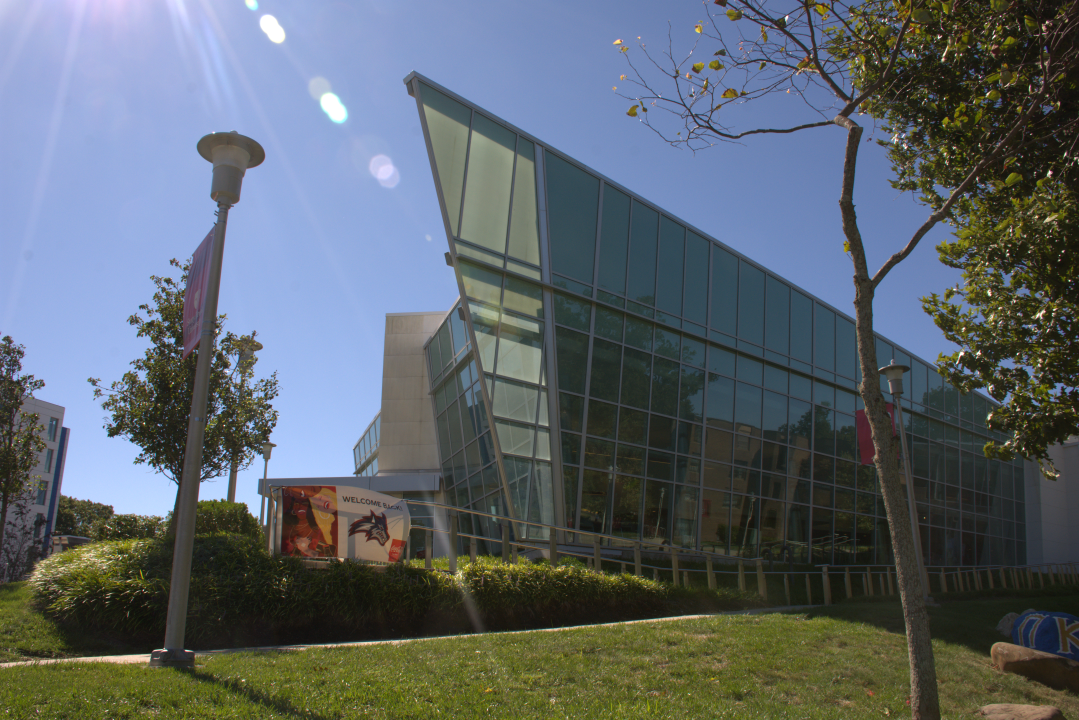
Stony Brook University issued a progress report on the university’s financial sustainability initiative through a campus-wide email on Nov. 10, updating the community on the efforts to identify long and short term opportunities to improve the university’s finances.
The email, sent by President Maurie McInnis, gave a brief recap of the Financial Sustainability Steering Committee, which is made up of five different task forces that have been created to pinpoint budget inefficiencies, including a technical support group to help the task forces with data, analysis and executive leadership. The initiative is in the middle of its second phase, titled “Partnering with Purpose,” which will span through the end of Spring 2021.
“We now have roughly 120 faculty and staff engaged in our Strategic Budget Initiative across five task forces and the technical support team,” McInnis wrote in the email. “In a clear demonstration of the power of partnership, the co-chairs of each task force have built teams that have enthusiastically embraced their charge.”
The budget initiative and a website outlining the process was introduced by McInnis in an email on Aug. 12. The email also outlined the first phase of the plan, “Understanding the Challenge,” which included identifying the university’s current financial position. The data from the first phase showed that in the 2019-2020 fiscal year the research and academic side of the university had an estimated $74.5 million in lost revenue, while the hospital and clinic side of the university had an estimated $210.8 million of lost revenue, including COVID-19 related expenses.
To pay off immediate expenses and offset the heavy loss of revenue, the university has instituted a purchase and hiring freeze. Stony Brook University drew on $40 million from their reserve fund in order to pay off contractual obligations and refinanced loans on campus housing. McInnis created the initiative to ensure that the university’s financial position will be sustainable in the long term.
The chair of the sustainability initiative, Vice President for Strategic Initiatives Rosemaria Martinelli, gave a presentation on the progress of the program during the Faculty Senate meeting on Nov. 2. She said the second phase has completed its first step, titled “Definition and Design,” and is currently in transition to the second of four steps, titled “Opportunity and Identification.” In the second step, the task forces will begin to engage with stakeholders on campus and hold sessions between the different working groups in the task forces.
“It is about opportunities … this is not a reductionist approach,” Martinelli said. “It really is looking at what are the obstacles and barriers to the work that we’ve done? And as we move through those and fix them: What are the opportunities that we can explore together to be entrepreneurial and innovative and create new programs, new majors — lots more that are interdisciplinary in nature — and work much more collaboratively across the campus as one university.”
Task forces will give recommendations to be considered by executive leadership and go through step three, or “Analysis and Validation.” Step three will use a cost/benefit and risk assessment model to analyze the recommendations considered by executive leadership and then consider ways of implementation. Step four, titled “Recommendations,” will be enacted when executive leadership begins planning for implementation.
The Academic Portfolio task force is responsible for “initiating discussions with academic units on how to optimize the size, capacity, and scope of their undergraduate, graduate, professional, and non-degree granting programs.” It will also inform the greater committee about the resources and finances relating to the university’s academic programs.
The Operations Alignment task force will focus on drawing recommendations to cut redundancies in resources and technology by increasing the collaboration with the west and east campuses. The task force also has a working group that will look into partnerships with other State University of New York (SUNY) campuses.
The Stony Brook Medicine task force will be working in parallel with the recommendations made by the Academic Advisory Council, an outside agency who will offer their suggestions to the university about the School of Medicine and hospital’s structure, finances, research and program development.
The Research and Innovation task force is set to compare the university to its fellow research universities in the Association of American Universities (AAU) and is “leveraging the 2017 Facilitating Researcher Success Study to help identify administrative hurdles and strategies for mitigating or overcoming them.” They are focused on collaboration and innovation through the university relating to growing research.
The Optimizing Campus Cultural, Athletic and Facilities Resources task force is focused on identifying revenue enhancement and more effective use of facilities, and addresses issues relating to the performing arts, athletics, conferences and events. They are also looking for additional opportunities for the Southampton campus.






















